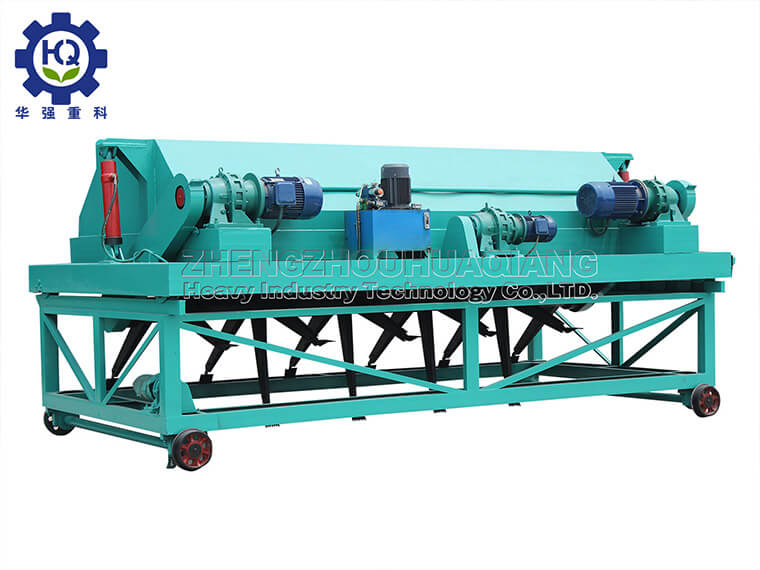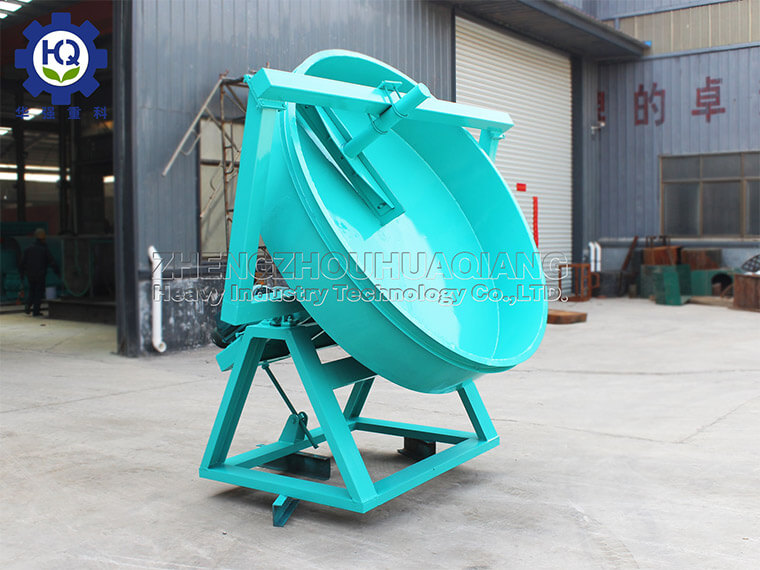The fermentation compost windrow turner must follow certain operation specifications in the use process, otherwise it may cause certain safety hazards. If it affects the production and operation, what precautions should be paid to the workers in the process of operation.
1. Before using the compost windrow turner, check whether the parts are firm.
2. When the machine is running, especially around the high-speed parts, it is strictly forbidden to stand around the equipment.
3. When the compost windrow turner is in progress, it is strictly forbidden to stand in front of and behind the machine to prevent throwing objects and hurting people.
4. The power must be cut off when checking the cutter body, transmission shaft and gearbox parts of the organic fertilizer machine. If parts are replaced. The engine should be turned off. It is strictly forbidden to replace parts when the engine is not turned off.
5. If abnormal sound is found during operation, stop the machine immediately for inspection, and continue to work after troubleshooting.
6. When the turnover shaft rises and falls, when the height of both ends is inconsistent, the turning shaft is forbidden to rotate.
Cow dung organic fertilizer fermentation equipment: to produce organic fertilizer with cow dung as raw material, fermentation must be carried out first. Cow dung itself has comprehensive nutrients. It is not only rich in essential nutrients such as organic matter, nitrogen, phosphorus, potassium and other trace elements, but also contains a variety of biological enzymes and microorganisms. However, they need to be absorbed by fermented cow dung, otherwise harmful substances will affect crops, not only can not provide nutrition, but also cause harm such as burning seedlings and pests.
.jpg)
.jpg)






